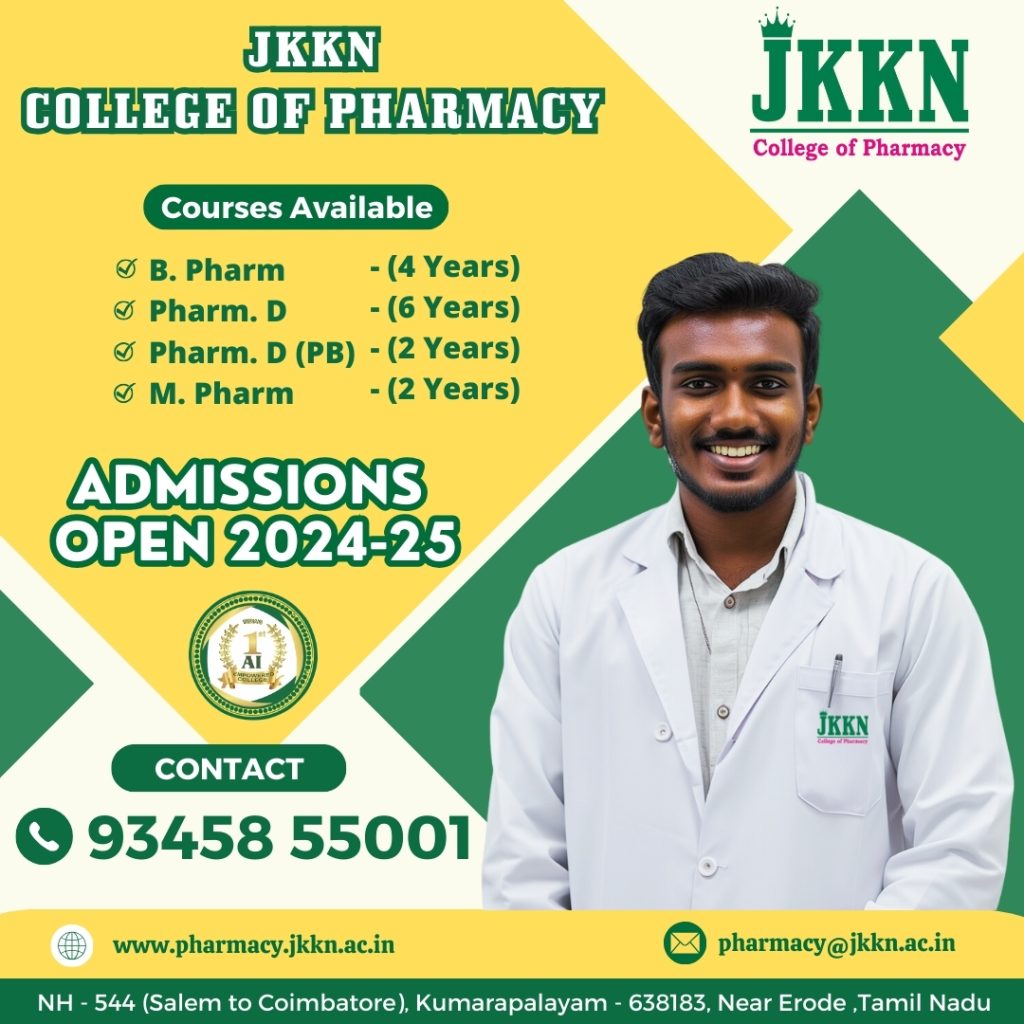B PHARM /PHARMACEUTICAL MICROBIOLOGY- THEORY/II YEAR
| Course outcome number | Course Outcomes | Cognitive level |
| CO1 | Understanding about the importance of microbiology in pharmaceutical sciences and know the isolation and preservation methods for animal cell and transformed cell cultures, pure cultures including quantitative measurement of bacterial growth and cell cultures application in pharmaceutical industry | C1 |
| CO2 |
Explain about different microscope and microscopical techniques and Apply for the identification of bacteria using different staining method. |
C2 |
| CO3 | Classify the different sterilization methods, sterility indicators, and different disinfectant techniques, sterility testing and their factors affect on the fungi and virus depends on their proper study | C3 |
| CO4 | Apply the knowledge acquired about the design of aseptic area and the different source of contamination present in aseptic area with the help of different microbial assay techniques. | C4 |
| CO5 | Analyze the different aseptic techniques like laminar air flow for take the preventive measurement from contamination and make an aseptic or clean area. | C5 |
| CO6 | Developing the Preservation of pharmaceutical products using antimicrobial agents and evaluation of microbial stability of formulations. | C6 |
Remembering (C1) Understanding (C2), Applying (C3), Analyzing (C4), Evaluating (C5) Creating (C6)
B PHARM. D/PHARMACEUTICAL MICROBIOLOGY -PRACTICAL/II YEAR
| Course outcome number | Course Outcomes | Cognitive level |
| CO1 | Follow the procedure for the apparatus used in experimental microbiology, sterilizing glassware and preparing media, motility characters and methods of isolation of pure culture. | P1 |
| CO2 | Carry out the staining techniques to identify the different types bacteria. | P2 |
| CO3 | Complete the procedure Sub culturing of bacteria Nutrient stabs and slants preparations. | P3 |
| CO4 | Apply the skills acquired about Biochemical testing for the identification of micro-organisms. | P4 |
| CO5 | Determine the microbiological assay of antibiotics by cup plate method | P5 |
Imitation (P1), Manipulation (P2), Precision (P3), Articulation (P4) and Naturalisation(P5).


